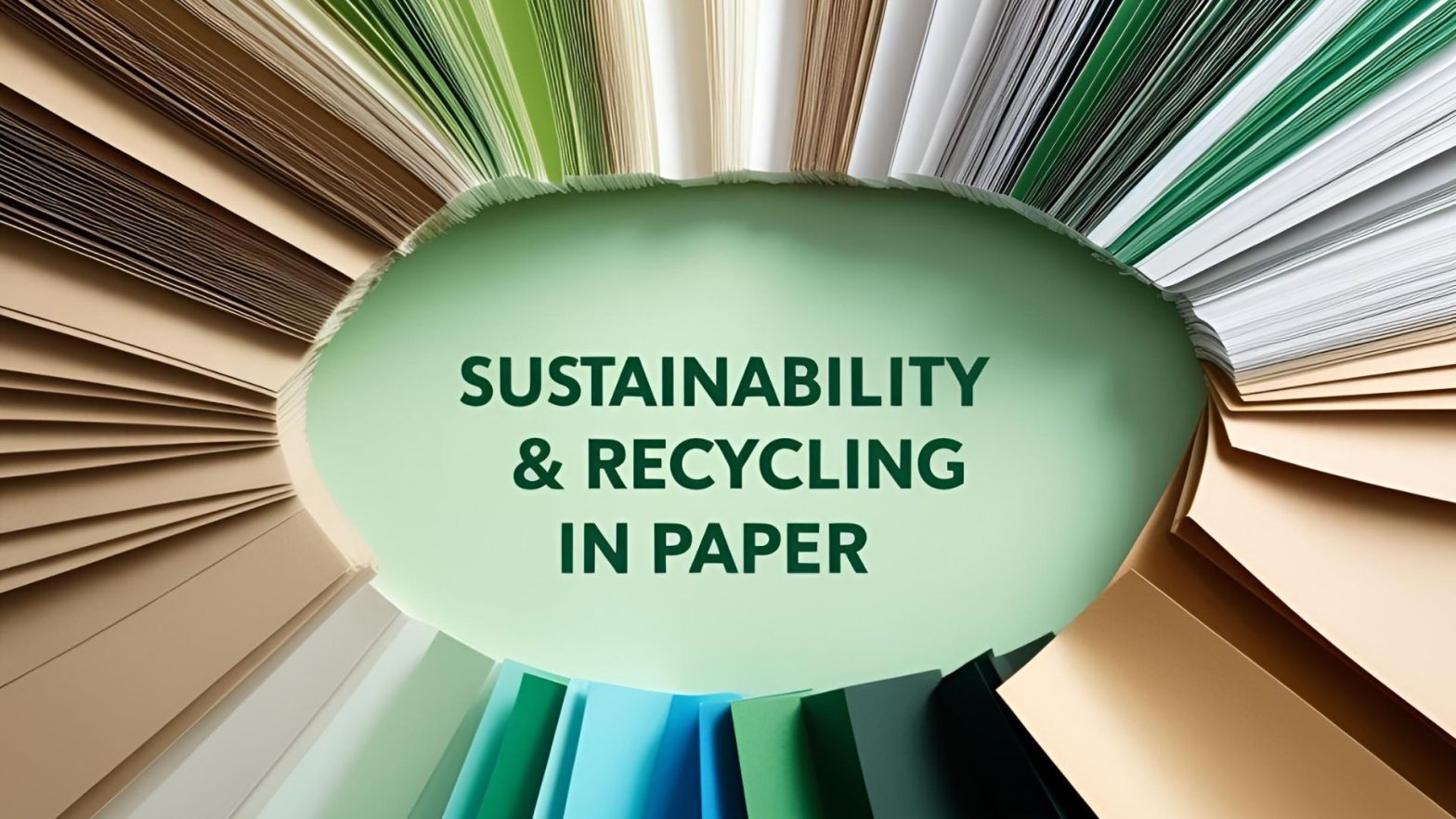Understanding the FSC Label Maze: What Your Clients Really Need to Know
For procurement teams and operations managers sourcing paper, lumber, or packaging materials, the question isn’t if sustainability matters—it’s how to verify it. FSC labels have become the industry standard for certifying responsibly managed forests, but not all FSC stamps are created equal. The nuance between FSC 100%, FSC Mix, and FSC Recycled isn’t just academic—it affects pricing, availability, and your client’s ESG credibility.
Let’s break down the label differences and what they signal to downstream buyers.
FSC 100%: The Gold Standard with Limited Supply
When your client insists on full-chain sustainability, FSC 100% is the spec to chase. This label means all of the wood or fiber comes from FSC-certified forests—no blending, no ambiguity. It’s typically used in high-integrity applications like premium hardwood flooring, office paper, and architectural lumber for LEED projects.
However, FSC 100% products come with two caveats:
Higher cost per unit due to sourcing constraints and certification rigor.
Longer lead times—especially for hardwoods like maple and oak where certified mills are geographically limited.
Pro tip for distributors: Carry FSC 100% for marquee accounts that need ESG audits or government contracts. Otherwise, recommend FSC Mix as a more accessible alternative.
FSC Mix: Balanced, Traceable, and Widely Used
FSC Mix products combine FSC-certified material with controlled wood and/or recycled fiber. They meet FSC’s chain-of-custody requirements, meaning buyers can still claim responsible sourcing without locking into premium pricing.
Expect to see FSC Mix across:
Corrugated packaging
Pine and fir framing lumber
Copy paper and brochures
This category gives procurement teams flexibility. Controlled wood must still meet FSC’s risk mitigation standards—no illegal logging, no deforestation of old-growth forests—making it a strong middle-ground choice for clients balancing cost and compliance.
FSC Recycled: Closing the Loop with Post-Consumer Confidence
FSC Recycled means that 100% of the material is either post-consumer or pre-consumer reclaimed. This label supports circularity, cuts landfill waste, and offers a lower-carbon footprint than virgin fiber. It’s a favorite among clients with strong waste diversion goals.
Common end uses include:
Tissue paper and paperboard
Retail packaging and cartons
Some MDF or particle board
One limitation? Recycled content may not offer the same strength or printability as virgin fiber, so it’s not ideal for structural lumber or high-end commercial printing.
What to Recommend—and When
Here’s the strategic takeaway for distributors and procurement advisors:
For public sector bids or LEED-compliant builds: Offer FSC 100%.
For retail packaging or corporate print clients: FSC Mix balances performance and sustainability.
For eco-conscious brands: FSC Recycled delivers circularity at a competitive cost.
Understanding the difference between these certifications helps you not just sell stock—but build trust. When clients ask, “Is this FSC certified?”, you can go one better and ask: “Do you need 100%, a mix, or recycled—and why?”
That’s how you move from supplier to strategic partner.


